Have you taken a look around your yard lately? After a couple years of unseasonably early spring weather (never mind the fact that last year then decided to go back to winter until June!), this year appears to be a little bit more normal—so far. As I write this, I can see crocuses in bloom in my neighbors’ yards and the tulips I planted last fall are beginning to pop up in my flowerbeds, a welcome sign of spring’s impending arrival. As you start with some gardening around your yard this month, what plants can brighten up your flowerbeds?
One of the first spring-blooming shrubs, forsythia is starting to show off its brassy yellow flowers in yards around the county. Traditionally, forsythia has been regarded as a plant that needs space—even with regular trimming, the shrub grows quite large, so small yards couldn’t properly accommodate it. If you love the color of forsythia but don’t have the space, stop in at Vander Giessen Nursery to check out ‘Show Off Starlet.’ This low-growing forsythia tops out at just about three feet tall and three to four feet wide. With a good pruning right after flowering, you could easily keep it smaller, too.
Another flowering shrub you should make room for in your yard this year is ‘Little Heath’ pieris. Like forsythia, you’re likely familiar with the larger varieties of pieris (some people call the shrub ‘Andromeda’) planted in yards throughout your neighborhood. With their drooping clusters of flowers in shades of pink or white, they’re another of the first shrubs to show spring color. If you enjoy the look of pieris but again, don’t want the large size, you’ll love ‘Little Heath.’ With variegated evergreen foliage, it provides year-round interest for the garden, and in spring, showy buds displayed since December open to creamy white flowers. Full-grown, it only reaches two to three feet tall and wide.
For additional early spring color—and really, color all winter long–a third can’t-miss plant is ‘Kramer’s Red’ heather. Older varieties of heather tend to spread out quite rapidly, and in doing so, often die out in the center, leaving bare, ugly branches. ‘Kramer’s Red,’ however, grows much more slowly and keeps a tight, mounding form, making it a vast improvement over older strains. Add to that the fact that ‘Kramer’s Red’ blooms from November through April and this heather becomes a standout plant in any garden.
While you’re outdoors this month starting on some planting in your yard—and it is safe to plant shrubs and trees now—don’t forget to take a close look at the condition of your lawn. With winter comes moss, and no doubt your lawn has at least some for you to deal with. Hit the moss hard with generic ferrous sulfate. Moss Out and other similar products can do some good, but nothing kills moss like straight ferrous sulfate. One customer who recently purchased a bag from us reported back to me that he spread it on his lawn mid-morning, and by early afternoon, his lawn was entirely black with dead moss. Remember to follow up moss killing with a dose of Espoma Lightning Lime to discourage re-growth; additionally, now is also a good time to do your first fertilizing of the year. Stop in at Vander Giessen’s to get our recommendation for the right fertilizer for your lawn.
Regardless of what kind of spring weather we end up having this year, now is the time to get started again with yard projects outdoors. Stop in at the nursery to see what great new plants are in stock and get help finding the products you need for a healthy lawn—and here’s hoping for a beautiful, pleasant spring season ahead!

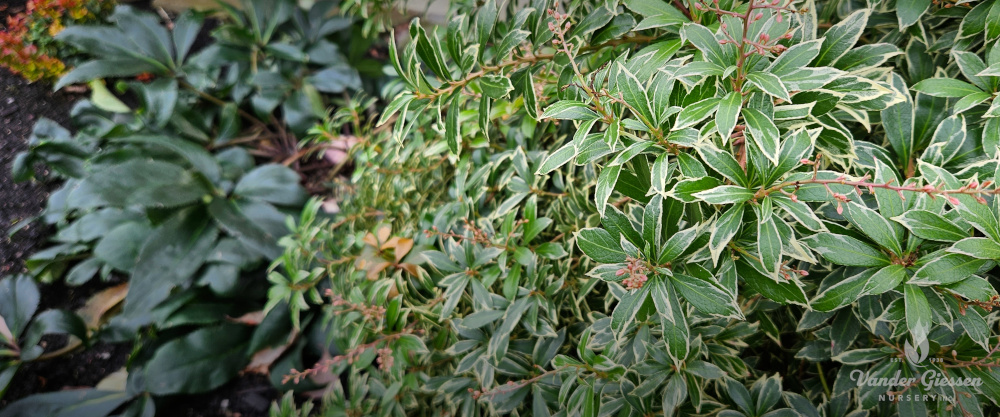
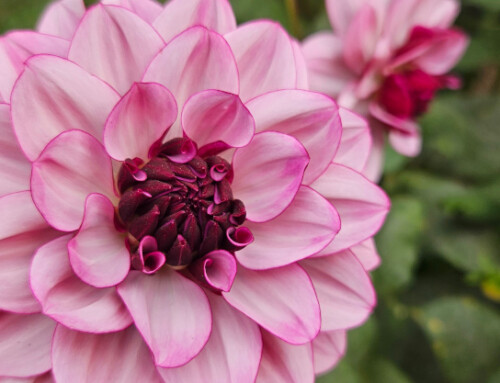
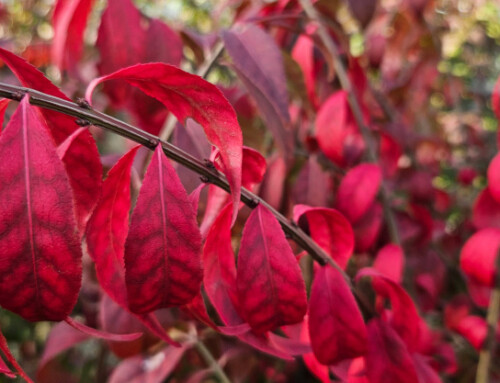
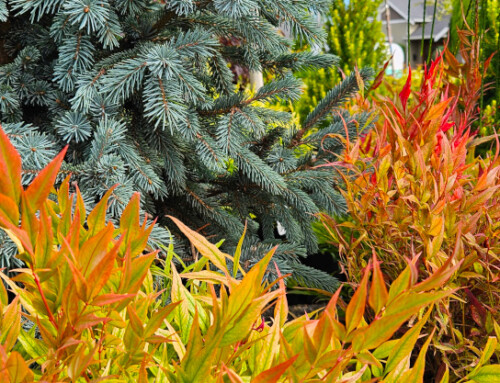
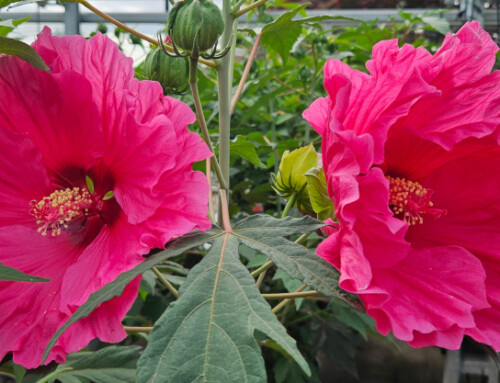
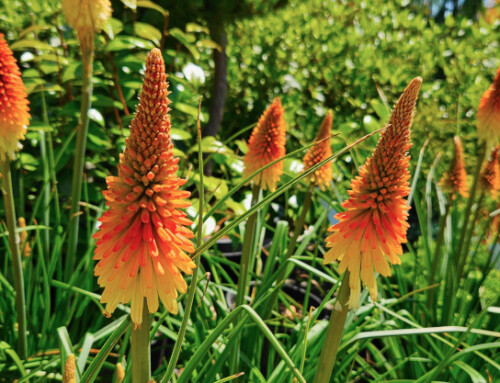
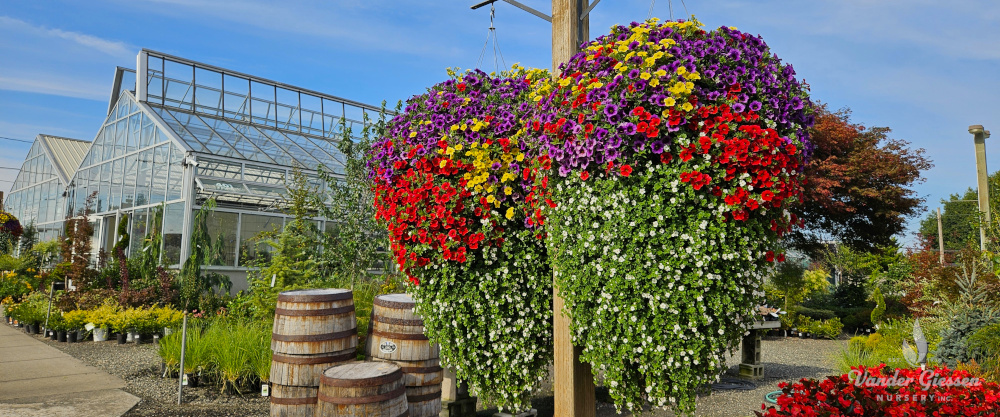
Leave A Comment